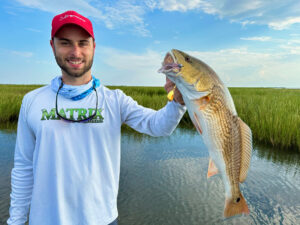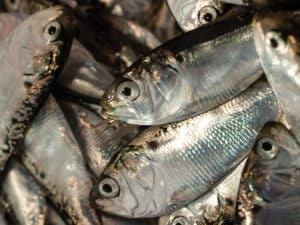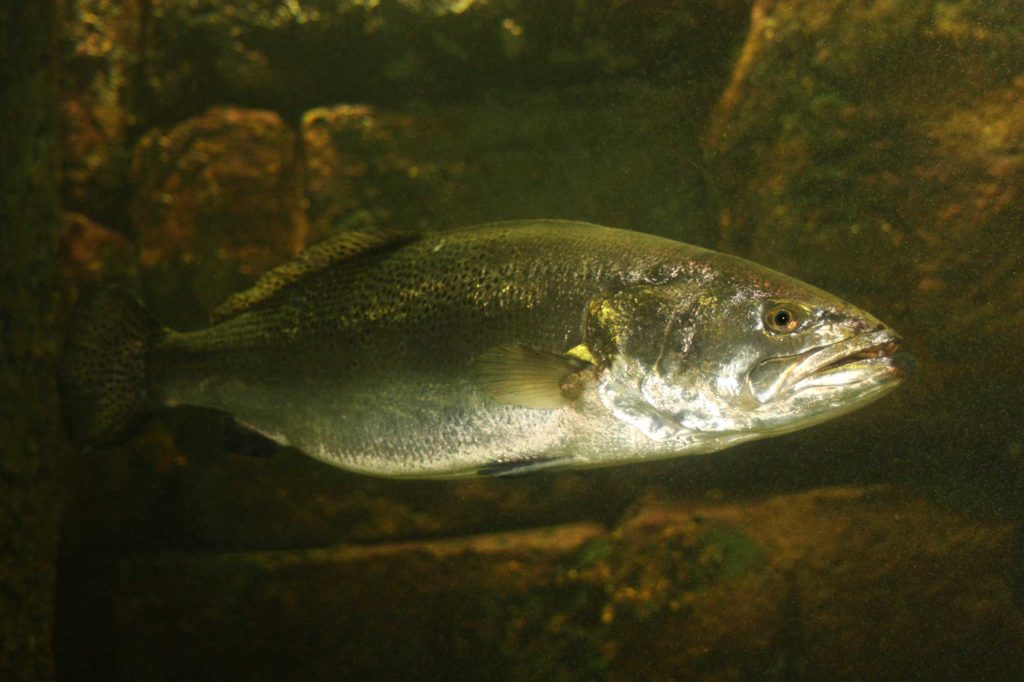
Few places hold more big speckled trout during summer months than the jetty systems along the Gulf Coast. These granite barriers connect the shipping industry to inland waters, but they also create quality fish habitat.
Capt. Eddie Hernandez frequents the jetty systems on the Texas and Louisiana coastlines when conditions allow. “We get so much wind on the Gulf Coast that good days at the jetties are limited. But when you get fishable wind and sandy-green water, the trout will be there any time the water temperature is above 70 degrees,” he says.
Understanding Washouts
Jetty washouts—any place where current or storms have displaced rocks in the jetty—provide ambush spots for trout. Washouts create a point where water exchanges from the channel to the Gulf side.
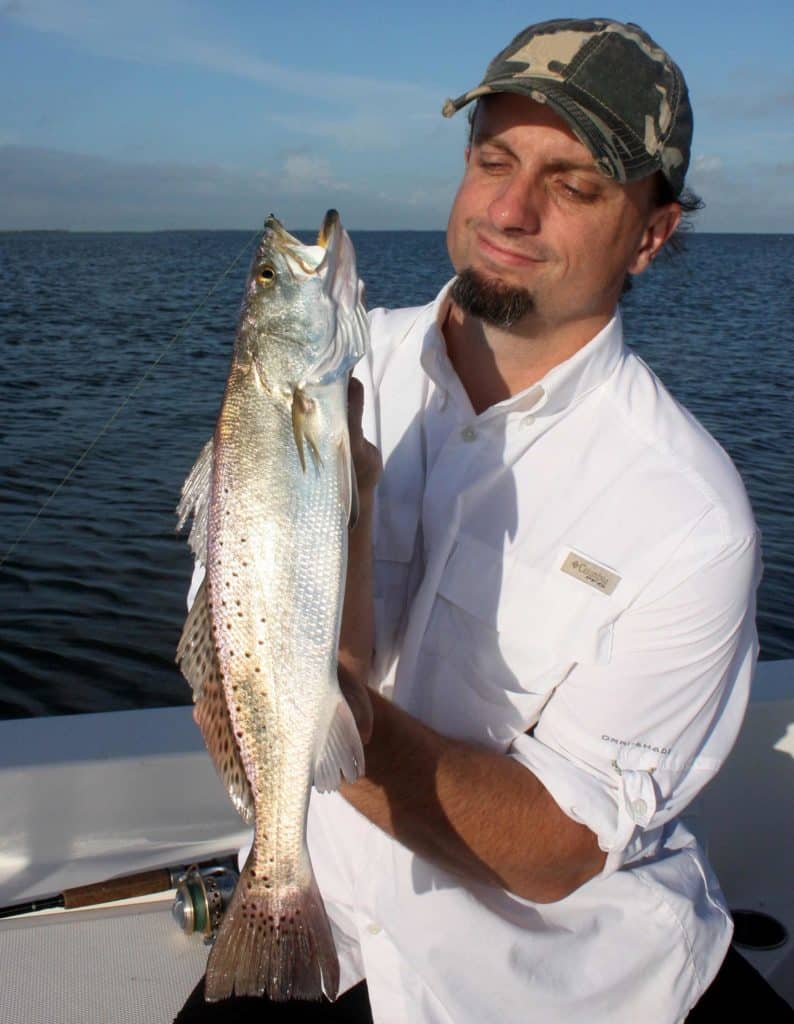
Baitfish flow through the rocks toward waiting predators. Smaller prey like shrimp and menhaden appear stunned by the wave action as it pushes them through crevices into a strong current flow. Speckled trout set up just down-current of the flow, giving them a shot at the bait before it gets its bearings.
Anglers can fish these spots two ways: parallel or direct.
By positioning the boat up-current a reasonable distance and casting parallel with the jetty and past the washout, anglers work their bait up to the hot zone without spooking any lurking fish. Let the bait drift back and repeat. If your bait swims to the surface that’s OK. It often means a predator lurks below. Trout sometimes follow the bait to the surface and strike.
Video: Speckled Trout Move at Lightning Speed
“It’s hard to beat live shrimp, but you catch a lot of other fish on it as well. Live [finger] mullet is also good because it eliminates some of the non-target fish and is the key prey of larger trout,” he says.
When finger mullet can’t be found, anglers can substitute mud minnows fished under a popping cork or free-lined with a Kahle hook and an ⅛-ounce split shot rigged 6 inches above.
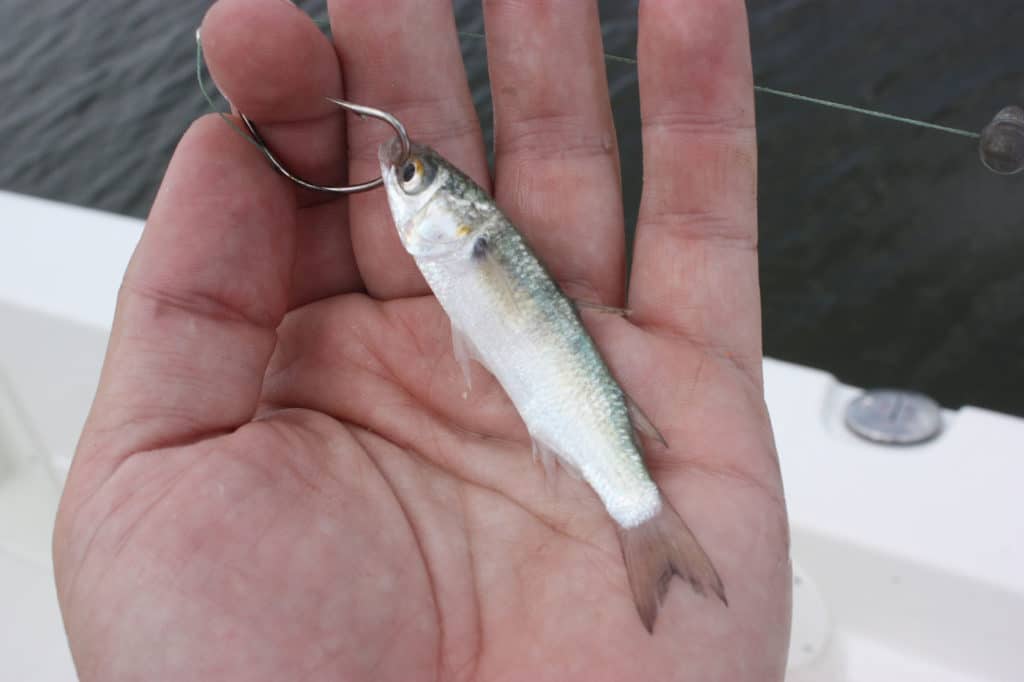
While live bait catches plenty of fish, Hernandez prefers working topwaters. “The zig and zag of walking topwaters, such as [MirrOlure] She Dogs and [Rapala] Skitterwalks, tight against the rocks, especially at first light, can drive the trout nuts,” he says.
Trout spook easily, and if they’re hovering a few feet below the surface when a big plug or cork lands above them, you’ve likely blown your opportunity. Throw past the washout, and then work toward it.
Option Two
Direct casting involves pitching or flipping a soft-plastic lure just down-current of the washout or right on top of it, and letting the lure go with the flow. But throwing any plastic on a lead head into the rocks can be disastrous, so football jigs can be a great option.
As the name implies, these jigs resemble a football and are popular with bass anglers who fish riprap, rocky ledges, and gravel-covered bottoms. They work well at jetties too.
If the rocks at a particular washout slant and then drop off suddenly, try pitching onto the rock itself and let the lure slide into the water.
Hernandez says a Zoom Super Fluke works great for jetty trout as are Gulp! Swimming Mullets and Mr. Twister’s Sassy Shad. Sandy-green water calls for brighter colors like hot pink, chartreuse or orange/yellow mixes. Natural bait colors tend to work better in gin-clear water.
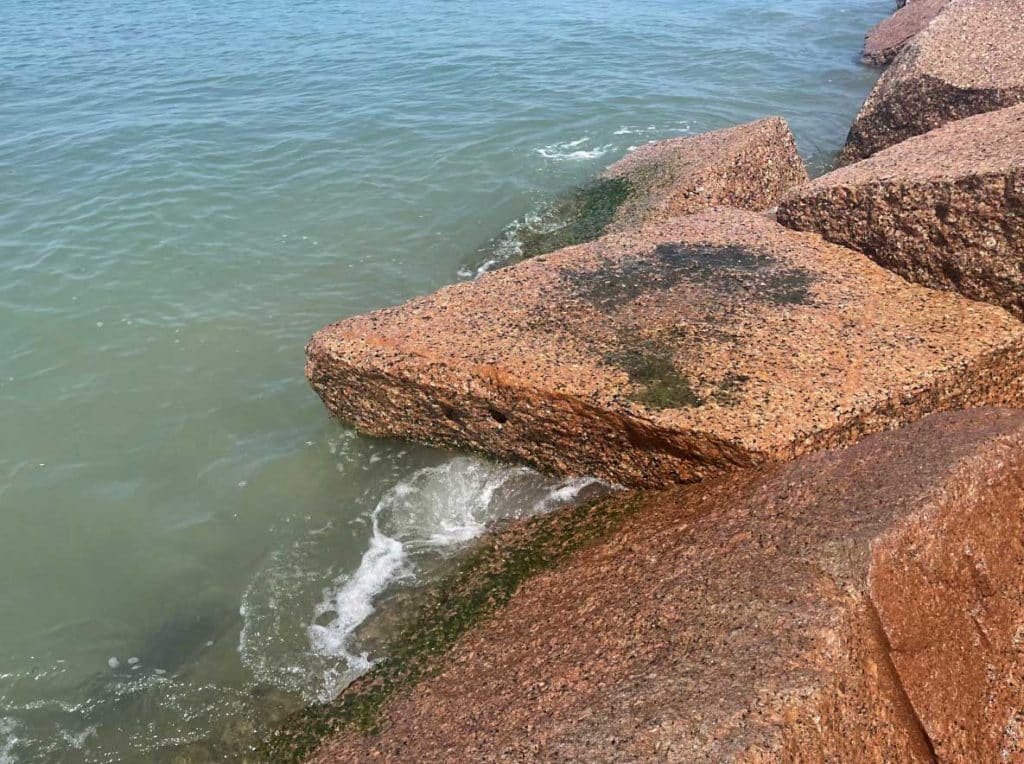
The Finer Details
Fish outgoing tides for trout on the channel side of jetties. On the Gulf side, the bite improves on the incoming tide. This can vary at different jetty systems, but most importantly: Set up to fish during a moving tide. Slack tides kill jetty fishing.
Look for gaps in the rocks, where fish can set up for an ambush, and where small baitfishes gather. If you arrive at the rocks on a high tide, anticipating an outgoing flow, pay special attention to indentations in rocks stacked with small baitfish.
Related: How to Catch Big Speckled Trout
As the outgoing tide accelerates, it displaces those fish, and the predators will do their thing.
Also look for sheepshead. If you see sheepshead at a washout, you’ll usually find trout. They can sabotage your fishing if you use live shrimp, but they rarely take plastics. Be sure to keep some artificial lures in the boat.
Surf Jetties
Land-bound anglers can also enjoy surf-fishing action, as small jetties adjoin numerous beaches along the coast. “You don’t get the same kind of super-strong currents as you do at a shipping-lane jetty, but surf erosion-control jetties still hold trout, and washouts are top spots there too,” says surf-fishing instructor and director of Christian Surf Fishing Adventures Marcus Heflin. “In my opinion, these spots get little action from trout fishermen because they’re too obvious, and there’s a lot of pressure from people fishing dead shrimp for anything that bites. But if anglers will fish live finger mullet on the bottom, or get up early and get in on the pre-dawn bite, some of the biggest surf trout live around these rocks.”
Jetty fishing is all about opportunity, and the Gulf Coast hosts many jetty systems to target for trout. Looking at the entire jetty structure can be intimidating, but focusing on washouts helps anglers key in on perhaps the greatest and most-underutilized summer trout spot.



